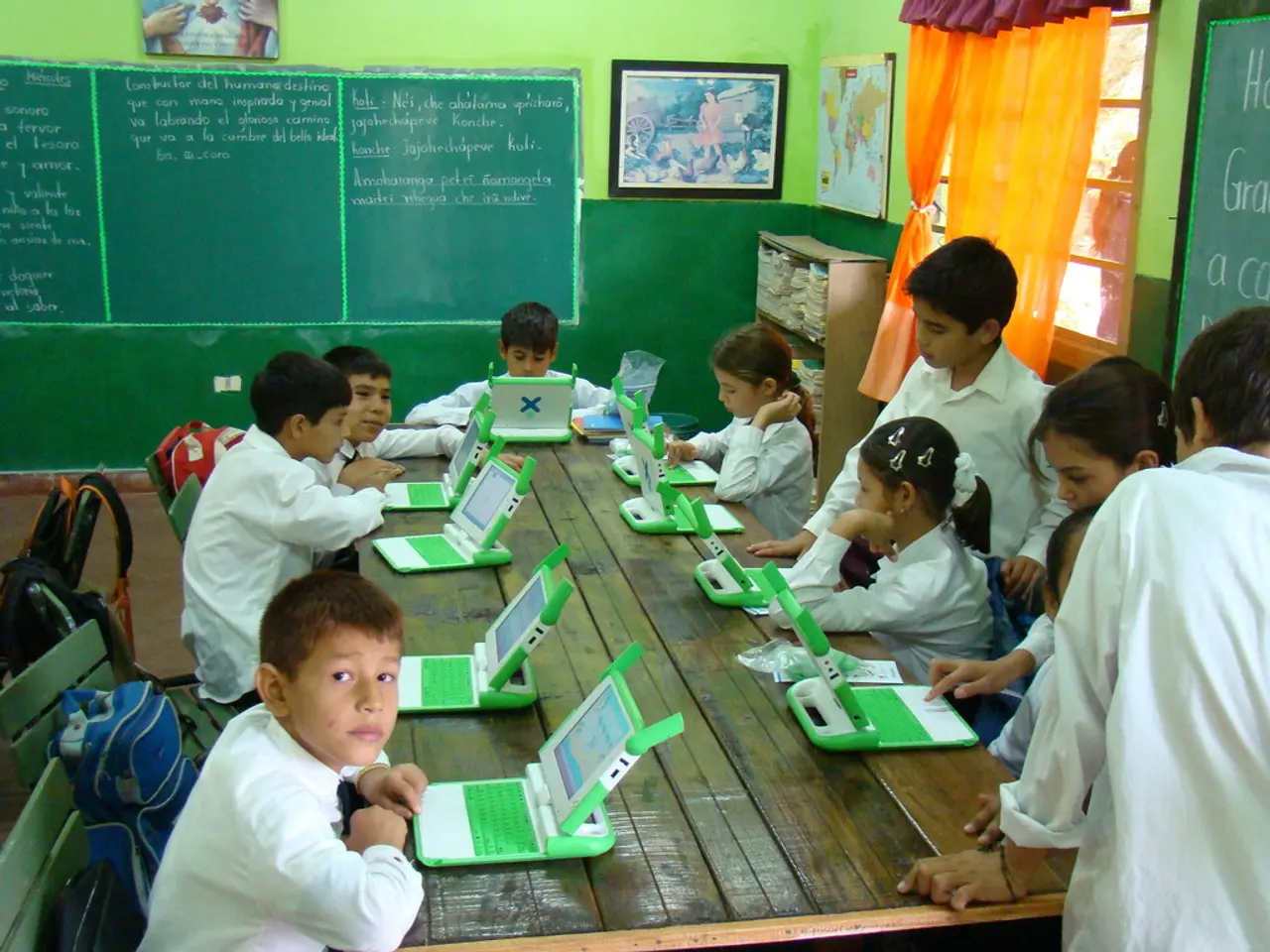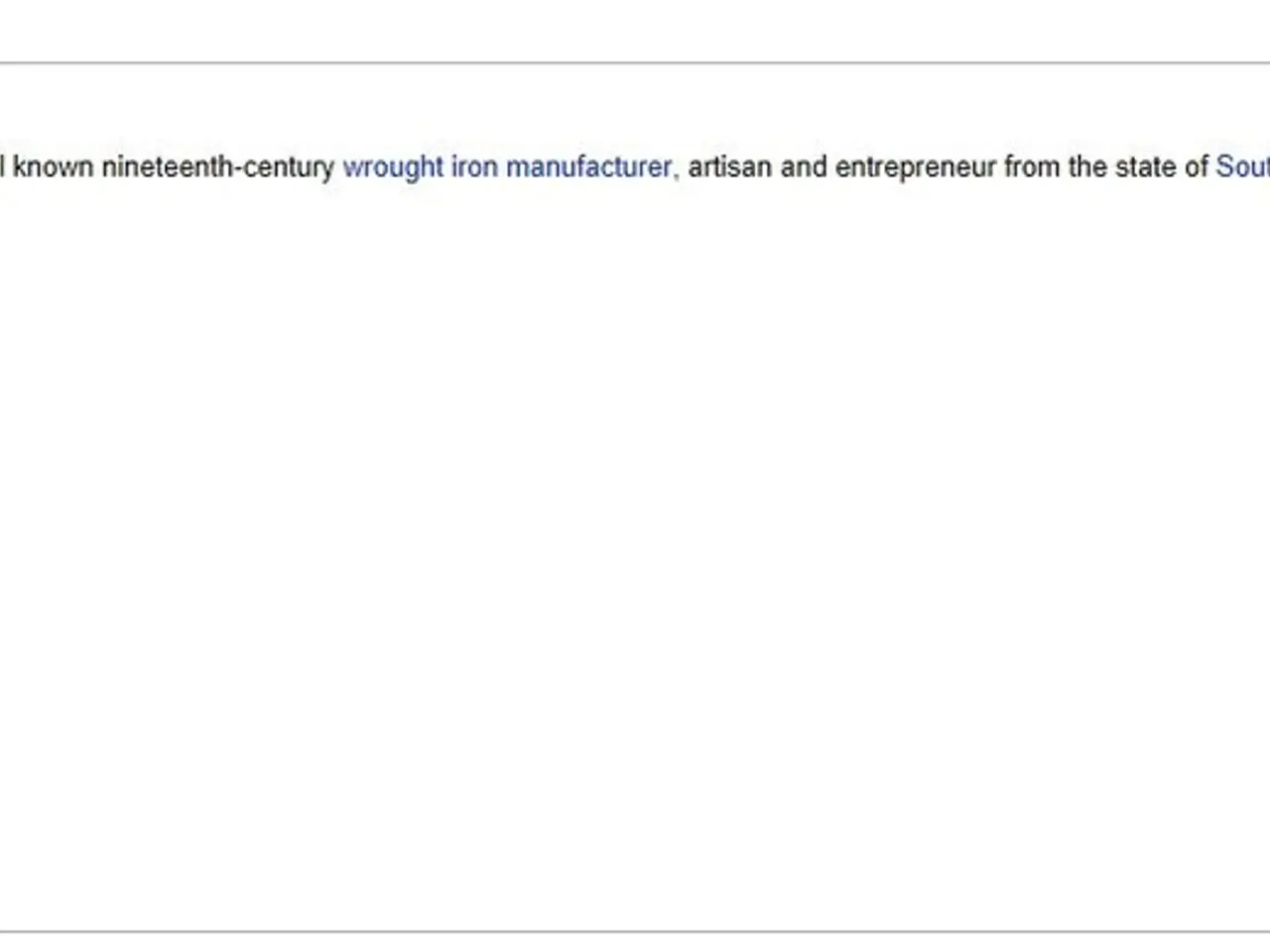Expanding on its fifth year: NEP 2020 broadens vistas for Indian educational system
The National Education Policy (NEP) 2020, introduced five years ago, is now in the process of full-scale implementation, bringing comprehensive reforms to the Indian education system. This policy aims to make education holistic, flexible, multidisciplinary, and inclusive, with a strong emphasis on foundational literacy, vocational education, technology integration, and language diversity.
The policy's key initiatives include universal access to education from preschool to secondary level, a new 5+3+3+4 curricular structure, mother tongue/regional language instruction until at least Grade 5, and a major overhaul of higher education featuring flexible subject choices, multiple entry/exit options, and an Academic Bank of Credits.
Vocational training is being integrated into mainstream education, with the goal of exposing at least 50% of learners to vocational skills by 2025. Higher education is also embracing flexibility and AI apprenticeships to prepare students for the future.
Digital tools are being extensively used in the education system, as previously mentioned, with the National Educational Technology Forum (NETF) promoting digital and AI-enabled learning infrastructure nationwide. The creation of a National Research Foundation (NRF) aims to strengthen research culture and innovation.
Social inclusion is addressed through Special Education Zones and a Gender Inclusion Fund for disadvantaged groups. The policy continues to focus on inclusive, equitable, and future-ready learning.
Implementation targets include bringing 2 crore out-of-school children back into the mainstream, raising GER in higher education to 50% by 2035 with the addition of 3.5 crore seats, phasing out the affiliation system over 15 years for colleges gaining graded autonomy, and integrating vocational education starting from Grade 6.
Teacher quality and governance reforms are prioritized through establishment of the National Professional Standards for Teachers (NPST) and integrated B.Ed. programs to upgrade teaching competencies.
For nationwide adoption, the NEP emphasizes collaboration between central and state governments, institutions, and stakeholders along with continuous monitoring and policy adjustments. Increased public spending to 6% of GDP is envisaged to support infrastructure and capacity-building.
The NIPUN Bharat initiative, aimed at improving foundational skills, highlights the policy's focus on the importance of foundational skills. The NEP's transformational changes aim at holistic, equitable, high-quality education accessible to all Indian learners by 2030-2035, implemented via phased reforms in curricula, teacher training, governance, research, technology use, and inclusiveness backed by political will and structural support across the nation.
[1] ET Education.com, "National Education Policy 2020: All you need to know," [accessed 2023-03-10]. [2] MoneyControl, "National Education Policy 2020: What's new and what's not," [accessed 2023-03-10]. [3] Ministry of Education, Government of India, "National Education Policy 2020," [accessed 2023-03-10]. [4] Ministry of Education, Government of India, "Implementation of National Education Policy 2020," [accessed 2023-03-10].
The National Education Policy (NEP) 2020, as implemented, has significant implications on both education-and-self-development and politics, with changes in policy-and-legislation influencing the general-news landscape. For instance, the emphasis on bringing 2 crore out-of-school children back into mainstream education demonstrates the Government's commitment to inclusivity and equity, a key aspect of the policy. In addition, the introduction of flexible subject choices, multiple entry/exit options, and an Academic Bank of Credits in higher education signals a shift towards more innovative approaches in education, potentially affecting the future career prospects of students. This transformation is also accompanied by prioritized investments, such as increased public spending to 6% of GDP, for infrastructure and capacity-building, which is notable overall policy-and-legislation developments.




